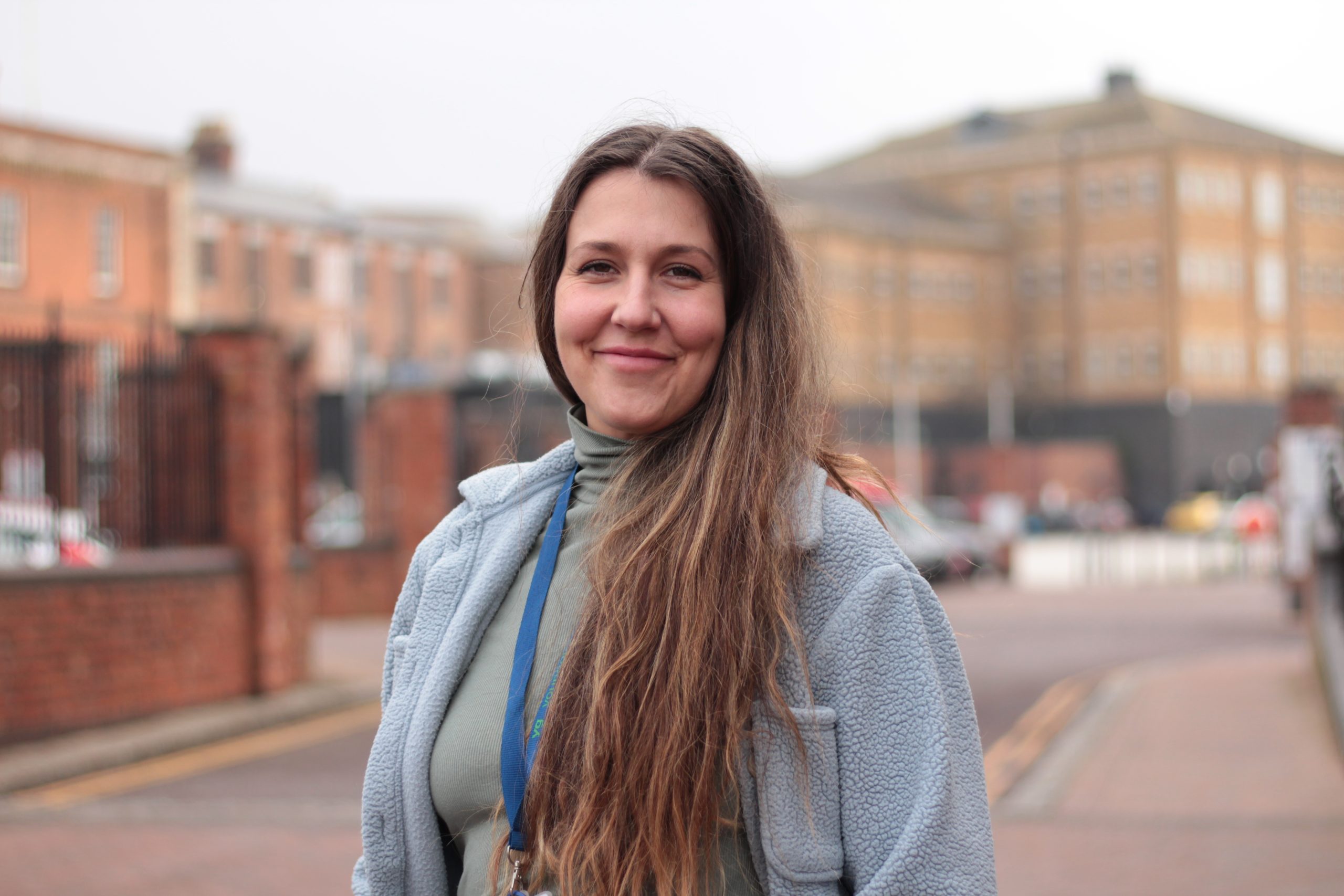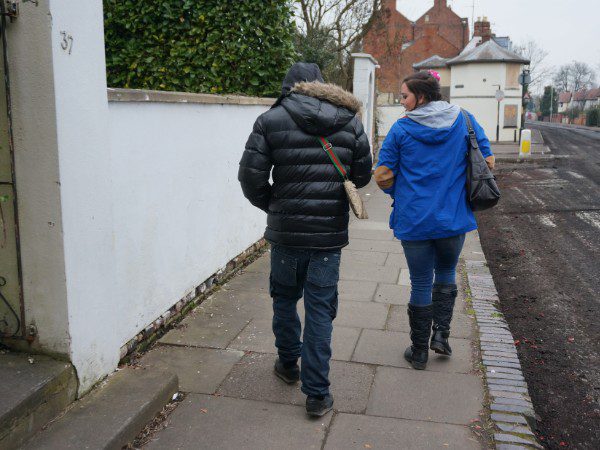
From Probable Mental Illness to Wellness
Across the UK, more young people are struggling with their mental health than ever before. Last year, Young Gloucestershire supported over 5,000 young people, and four in every five arrived with a mental health concern. Behind those numbers are invisible battles: anxiety that keeps them awake at night, sadness that clouds their days, and pressures that feel impossible to escape.
To understand both the need for our services and the difference we make, we listen carefully, not just to stories, but to data too. Young people complete surveys at the start and end of their support, helping us to see what’s changing and where it matters most. One of the tools we use is the Warwick–Edinburgh Mental Wellbeing Scale (WEMWBS), a validated and nationally recognised measure of wellbeing.
To most people, those scores may look like just numbers. But in wellbeing terms, they tell a story. A WEMWBS score of 41 or below signals probable clinical depression or severe psychological distress (Warwick University, 2023). In other words, these young people weren’t just “feeling a bit down.” They were likely experiencing clinical levels of distress, comparable to what a doctor might diagnose as major depression. During 2024/25, nearly two-thirds (62.5%) of the young people we supported started with a score of 41 or below.
Public health research shows that low wellbeing affects everything: school attendance, physical health, friendships, and future employment (Public Health England, 2023). Behind every low score is a life interrupted, a young person lying awake at night, a classroom seat left empty, and a dream not lived.
It takes quiet courage to ask for help, and even greater courage to accept it. Our work begins in that first act of bravery, when a young person accesses our support and lets us walk beside them. For some, that starts with counselling, where they can finally speak freely. For others, it’s mentoring, group work, or creative projects that rebuild confidence and connection.
“It’s quite scary talking to a stranger at first, so I think it’s really important to make a good first impression if you want someone to open up about their life. YG succeeded in this, so I could be my normal bubbly self — not many people get to see that side of me.”
In services where wellbeing is measured using the Warwick–Edinburgh Mental Wellbeing Scale (WEMWBS), 922 young people improved their scores, with an average 9.3-point increase. Research by the University of Warwick found that a three-point increase represents a meaningful improvement in wellbeing, making the progress seen in our young people three times higher than that benchmark. In practical terms, they moved from a place of distress to one where hope, strength, and possibility began to return.
But numbers can’t capture the depth of what that means.
- A young person who once couldn’t face school begins to attend again.
- A young adult who felt invisible applies for an apprenticeship.
- A young person who had stopped smiling starts to look forward to tomorrow.
And the ripple doesn’t stop there.
Wellbeing isn’t an individual achievement; it’s a shared experience.
A happier young person means a happier home. Parents sleep more easily. Teachers see confidence return to the classroom. Friends reconnect.
“YG has been a fantastic source of support and empathy. The change in my daughter has been incredible — even the school has noticed. You’ve been magical. Thank you.”
Progress doesn’t always shout. Sometimes it’s quiet, smiling for the first time in years, the courage to walk back into college, or talking about the future as if it might actually happen. For this young person, it was starting their own business: “I really cannot thank you enough for the work you did with me last year. You helped me get my sparkle back — the old me, confident, happy, and bubbly. Since finishing therapy with you, I’ve opened two businesses! Something I probably wouldn’t have done before due to lack of confidence.”
922 young people completed support with improved wellbeing, moving into the healthy range on WEMWBS. Each one represents a story of strength, of someone who faced uncertainty, fear, or loss, and still found the courage to try again. Their determination is humbling. Their honesty, resilience, and humour remind us what’s possible when the right support is offered.
This transformation doesn’t happen in isolation. It’s made possible by everyone who believes in young people, the funders who invest in young people, the professionals who connect young people to our service, our staff who show warmth and skill in every conversation, and most of all, the young people themselves. When given safety, support, and the tools to rebuild, they remind us what hope looks like in real life. They are not just the reason this work matters; they are the proof that it works.
You may also like...
Free travel for young people
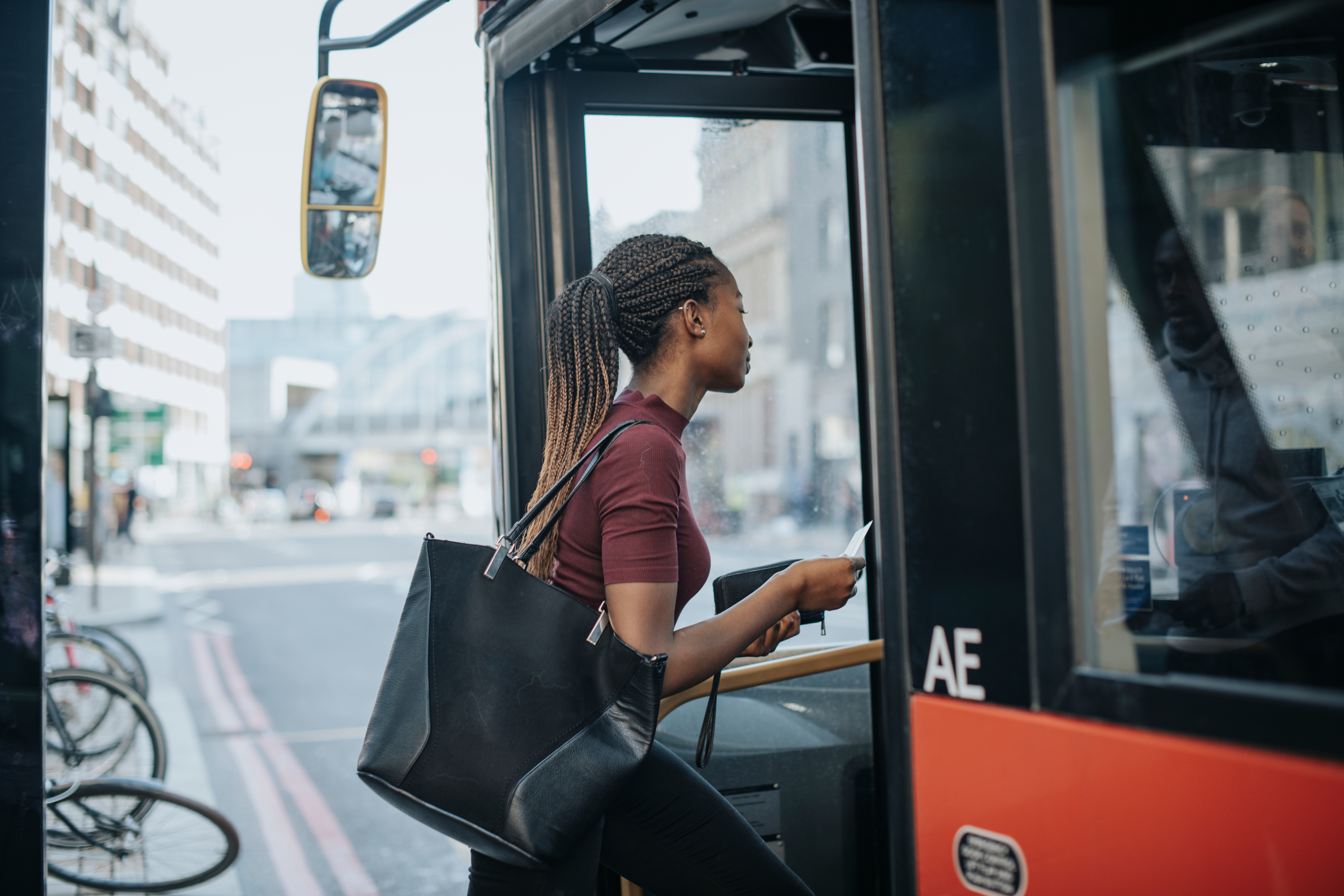
Safeguarding young people
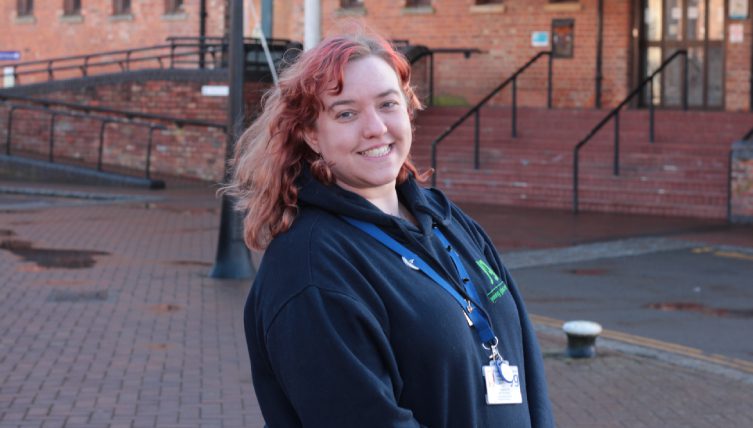
My Youth Work training journey
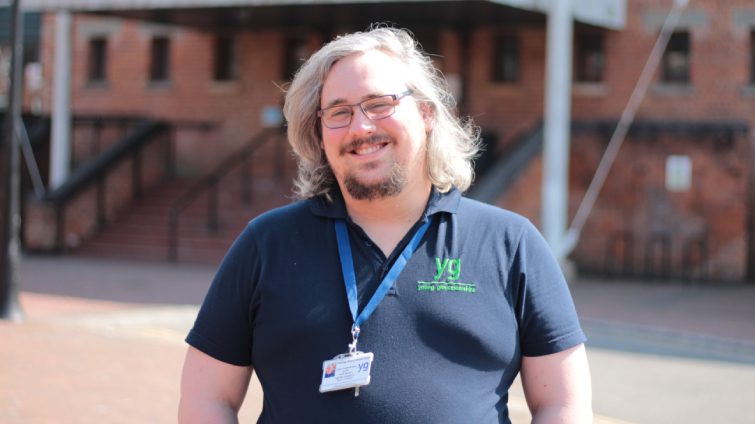
Launching Apprenticeships
